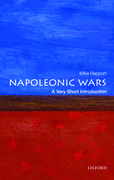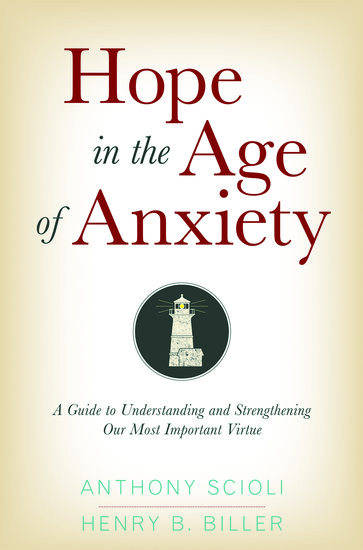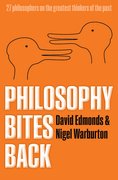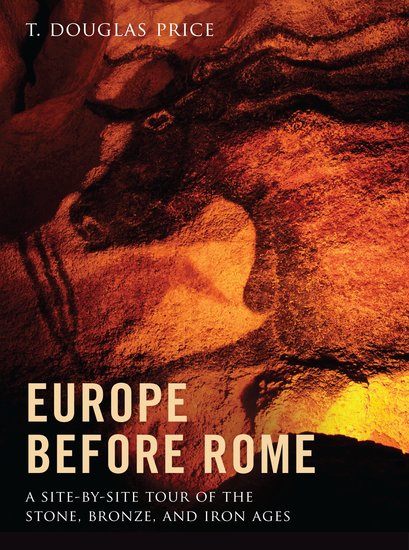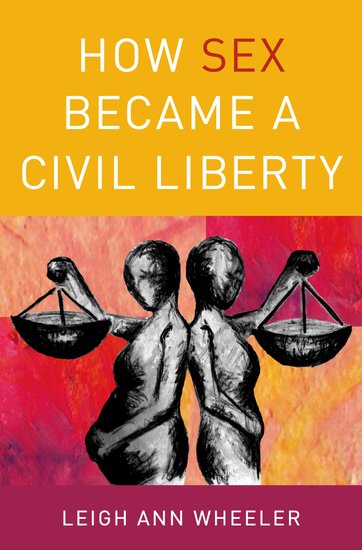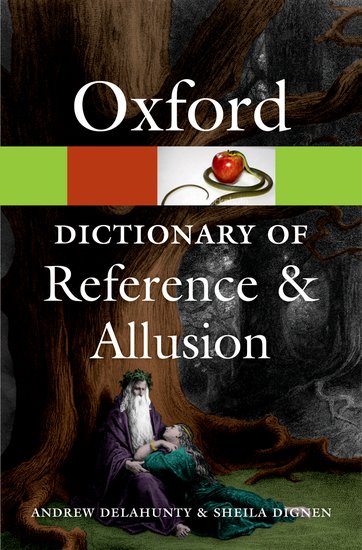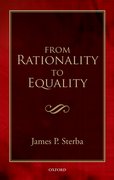A fresh look at the work of Robert Burns
By Robert P. Irvine
As we sit down to enjoy our Burns Suppers on Friday, it is worth pausing to ask ourselves just how well we know some of the songs and poems that are a feature of the occasion. Editing and presenting a selection of his texts in the order in which they were published, taking as my copy-text the version of the poem or song published on that occasion, has given me many new insights into the original contexts of Burns’s work.









